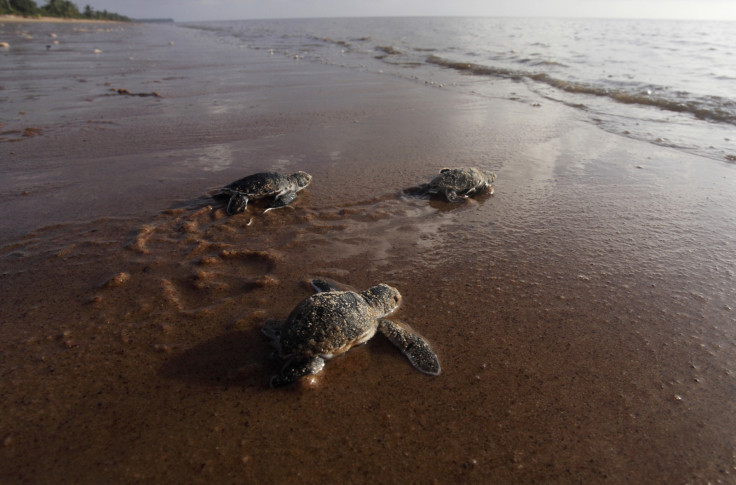Climate change is turning green sea turtles in the Great Barrier Reef female - here's how
More than 99% of green sea turtles coming from the northern Great Barrier Reef are females, study finds.

Climate change is turning sea turtles in a Great Barrier Reef population female, potentially threatening the future of the species, according to a new study published in the journal Current Biology.
A sea turtle's sex is determined by temperature. The warmer the eggs remain, the more are the chances of female hatchlings. However, over the last few years, the drastic increase in temperatures due to global warming, has led to a major imbalance in the sex ratio of sea turtles.
According to a study of two green sea turtle populations in and around the Great Barrier Reef, a majority of these creatures has already turned female.
Researchers from the National Oceanic and Atmospheric Administration (NOAA), California State University and Worldwide Fund for Nature Australia collected over 400 turtles and examined their genetics, only to find that more than 99% of the creatures coming from northern GBR or the warmer areas were female.
Specifically, 99.1% of juveniles, 99.8% of subadults, and 86.8% of adults in the population were female. In contrast, the southern region, where it is fairly colder, females accounted for only 65-69% of the population.
The imbalance, which has existed for some 20-30 years, can get even worse over the next few decades. With rising temperatures, no more males would be around to mate with females, which could ultimately crash the whole population of sea turtles. The species is already considered endangered throughout much of the world.
"Furthermore, extreme incubation temperatures not only produce female-only hatchlings but also cause high mortality of developing clutches," the study said.
"With average global temperature predicted to increase 4.7 Fahrenheit (2.6 Celsius) by 2100, many sea turtle populations are in danger of high egg mortality and female-only offspring production," it added.
Speaking to the Guardian, Michael Jensen, the lead author of the study, said they hoped for a few cooler years to produce more males but overall, the temperatures will see an increase. He believed that knowing the current as well as future adult sea turtle sex ratios would "be incredibly valuable" in bolstering preservation efforts for the species.
One such method, according to a report in Phys.org, could be setting up tents over the turtle nests, which are in sand, to keep them from getting warmer.





















